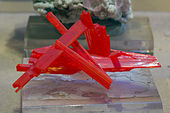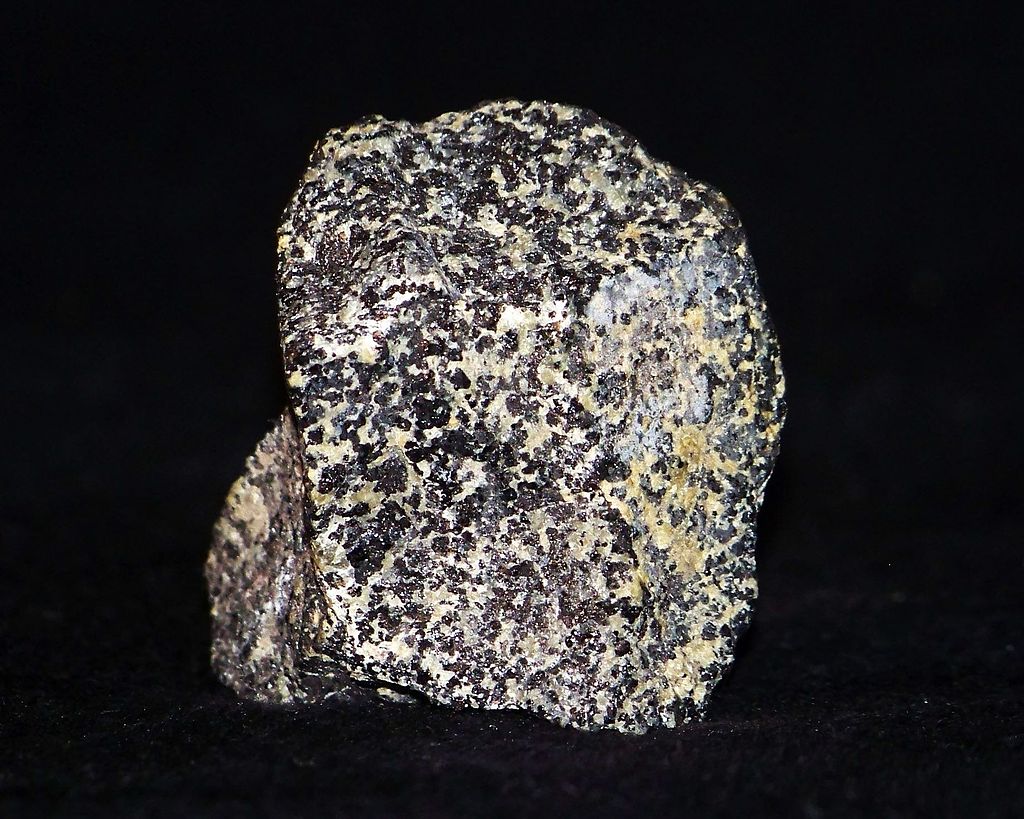Chromium is a brilliant white metal. Its melting point is about 1800'C. It provides high degree of hardness and tenacity to steel.
Chromium is also used as alloying element non-ferrous metal. Its alloys are resistant to corrosion, resistant to oxidation and resistant to wear and tear.
Ferro chrome is an alloy of chromium. It is used or production of stainless steel. In stainless steel, chromium is present up to 18%.
In some special steel, the presence of chromium is much more. Chromite ore is ore of chromium. It is an oxide of iron and chromium.
Chromite is used for production of ferro chrome. It is used in production of refractory bricks. Chromite bricks are used as furnace lining.
Chromium salts are used for production of chemical and paints. Chromium metal is used in electroplating of steel and other metal. It is also used in dying, tanning and photography.
Chromium also occurs in various minerals like chrome spinel, picotite, chrome garnet, uvarovitite, crocosite, chrome diopside and chrome zoisite.
The major producers of chromite are South Africa, Russia, Finland, Albania, Turkey, Zimbabwe, India, Brazil, Philippines and China.
The chromite deposits are found along with basic and ultra- basic igneous rocks. The rocks containing chromite are pyroxenite, dunite, peridotite, serpentinite, gabbro and diorite.
The associated minerals are olivine, serpentine, talc, magnetite, goethite, limonite and quartz.
Chromite ore is classified into metallurgical grade, refractory grade, and chemical grade.



